Adoration of the Magi
Tempera and gold on wood, 31 x 23 cm, frame 36 x 29 cm
The examined table highlights the particular characteristics of the pictorial current known as the Venetian Cretan, which spread from Venice to the Dalmatian coasts and the Greek islands, from the 13th century until the 17th century. The Cretan definition of Veneto refers to an area geographically and culturally located between Venice, which politically controlled this vast Mediterranean area, and ancient Byzantium, the historical hinge between Europe and Asia, where Eastern characters predominated in the 'era. From an artistic point of view, the Dalmatian-Cretan region has unified under a kind of Koinè, that is to say a common language, thanks to the splendid fusion between the Venetian and Eastern cultures. One of the main representatives of this school was the famous painter Domenico Theotokopulos (1514-1614), known as El Greco. In this pictorial current, the Byzantine tradition, characterized by the gilded preciousness and the predominance of the line over the volume, merges with the most current painting of the Venetian Renaissance by Giovanni Bellini, Titian and later Veronese, in which there is has a new research space, openness to the landscape, a deeper gestural, chromatic and naturalistic research. The painting represents the adoration of the Magi, who came to honor the infant Jesus, placed in an upright position on the legs of his mother, behind which stands the figure of Saint Joseph. This interlocking of the characters makes it possible to restore the depth of the space, which opens in part onto a natural landscape on the left, while maintaining a certain rigidity and two-dimensionality in the rendering of the wall on the right. In addition, the painter composed figures with volume and plasticity, thanks to the rendering of the drapery, finished with touches of lighter and more vivid color in correspondence with the folds of the clothes, a residue of Byzantine culture. It is therefore clear that even in this work, the fusion between the Byzantine and Venetian current reached a high level of elegance and harmony. You will be able to admire some variations of the subject, very common within the Cretan Venetian school.


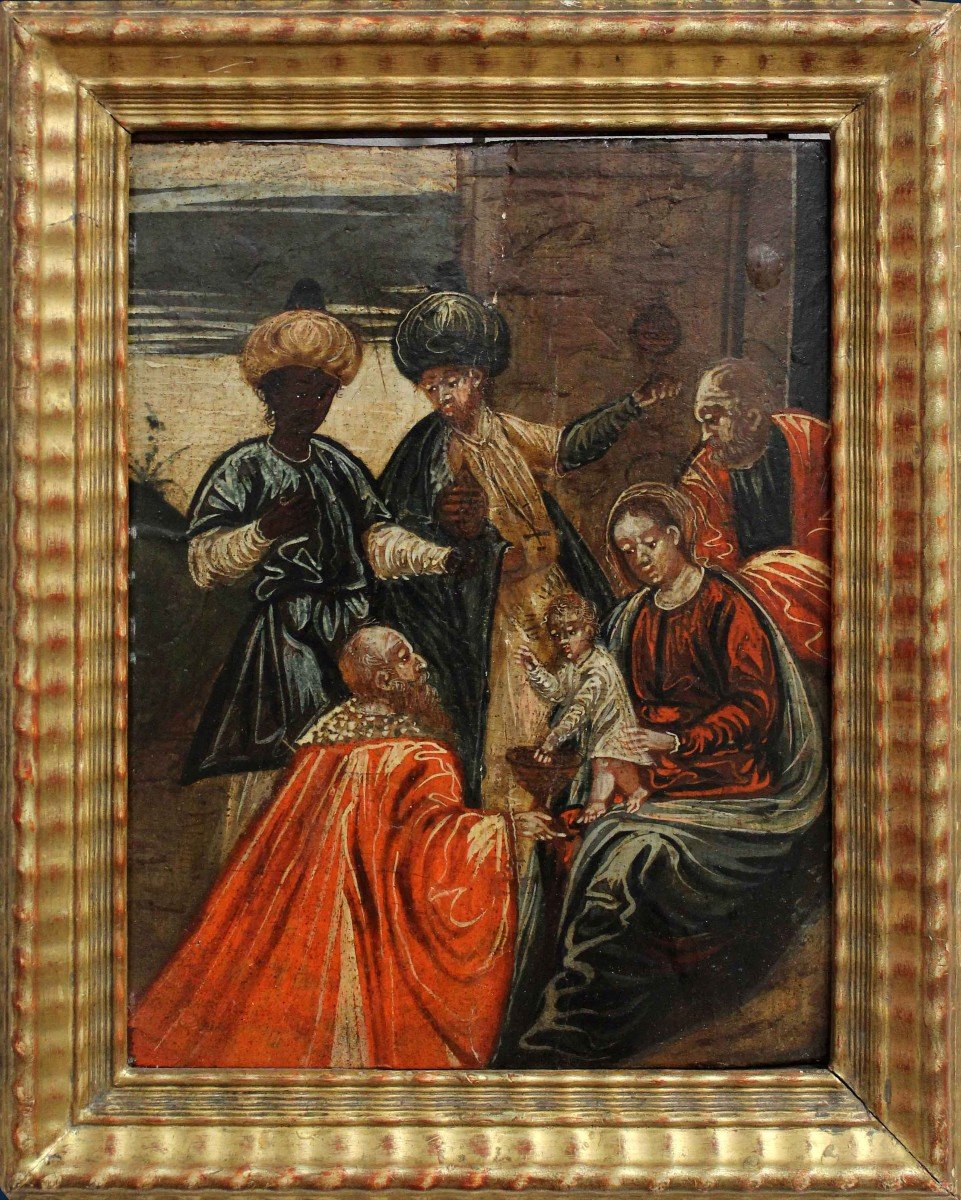
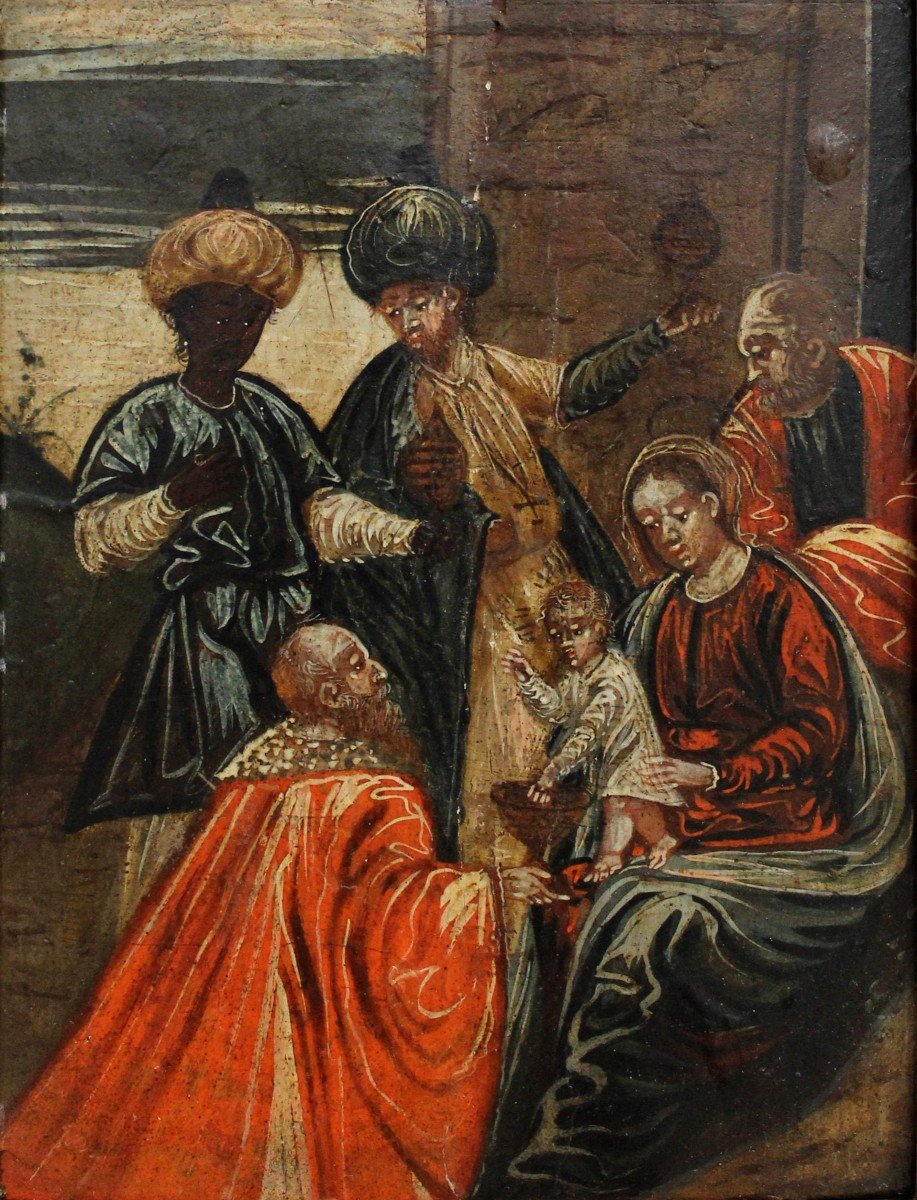
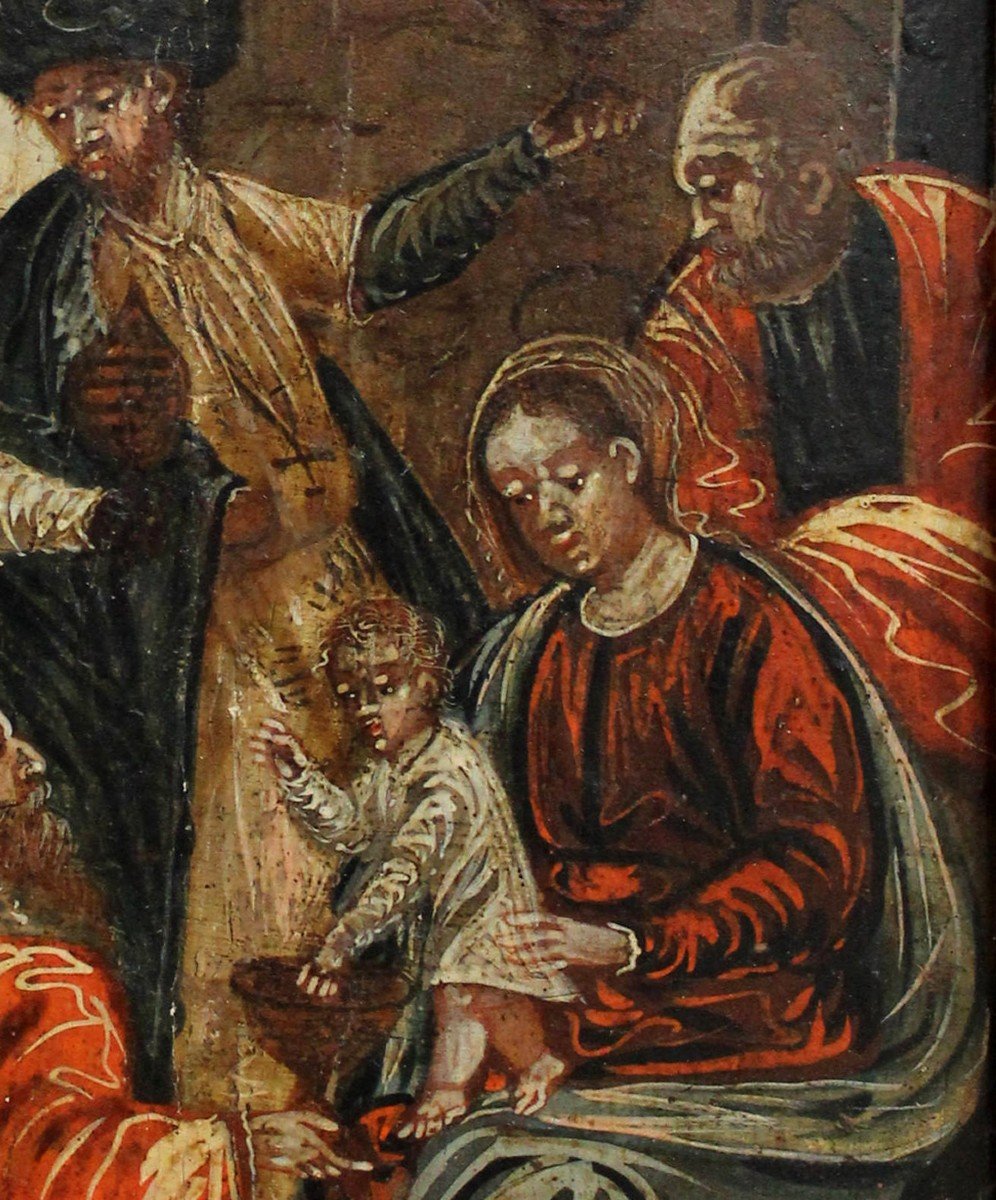






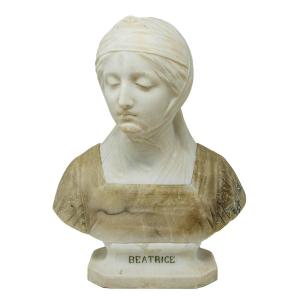


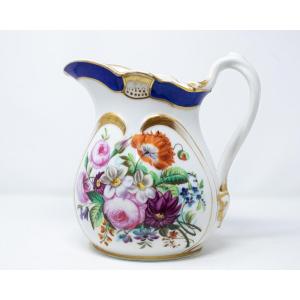

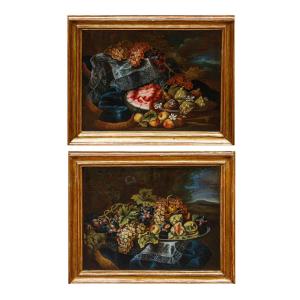









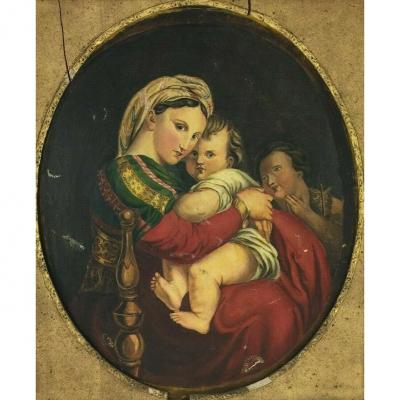


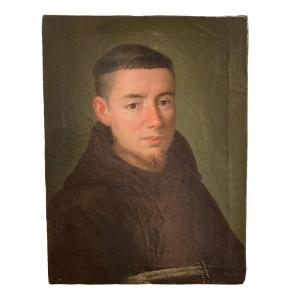



 Le Magazine de PROANTIC
Le Magazine de PROANTIC TRÉSORS Magazine
TRÉSORS Magazine Rivista Artiquariato
Rivista Artiquariato